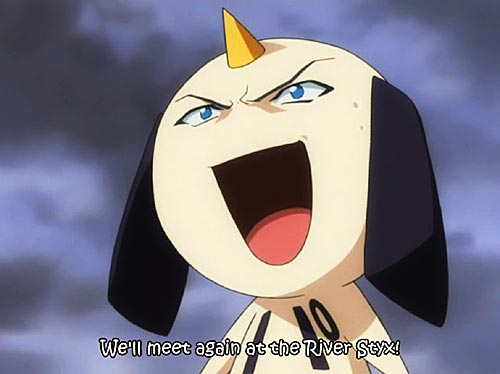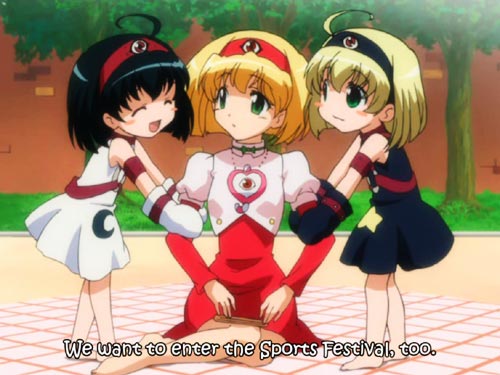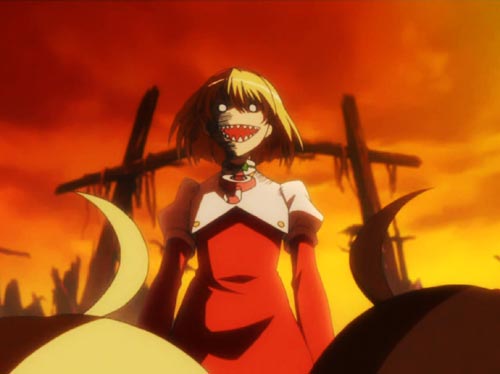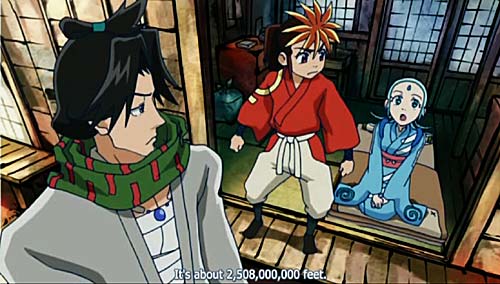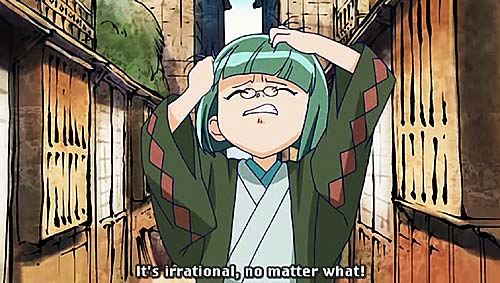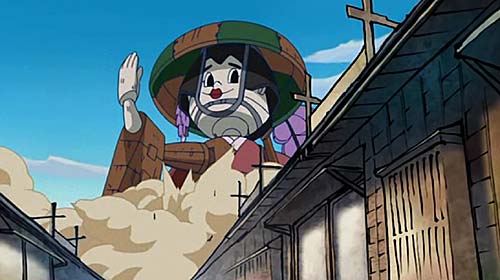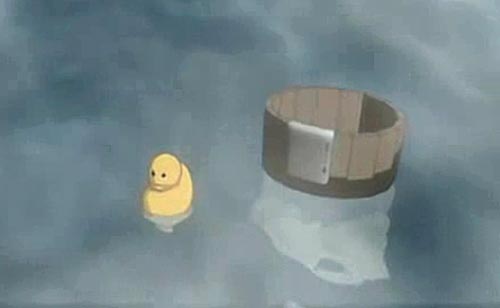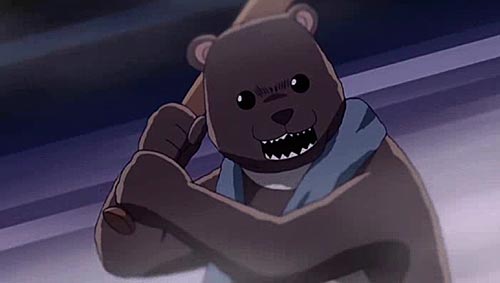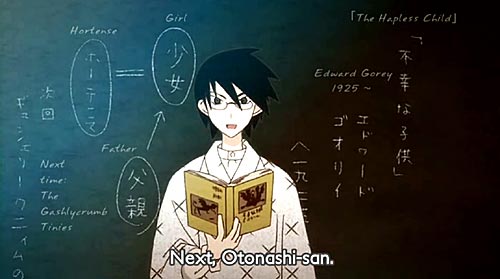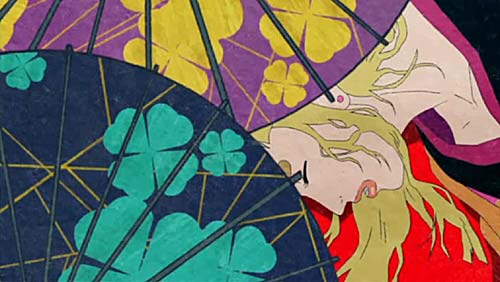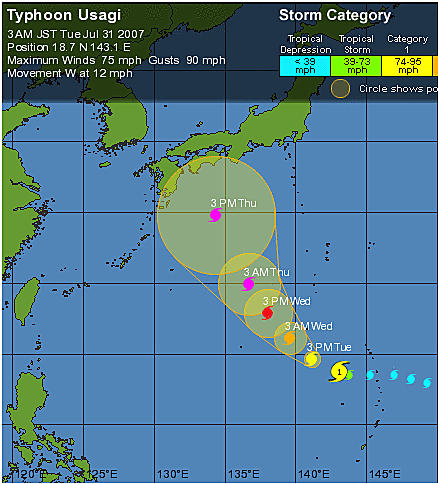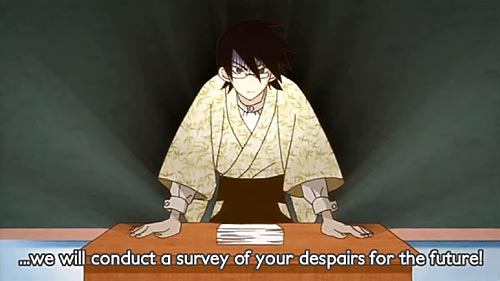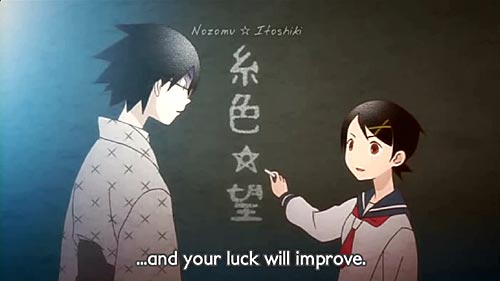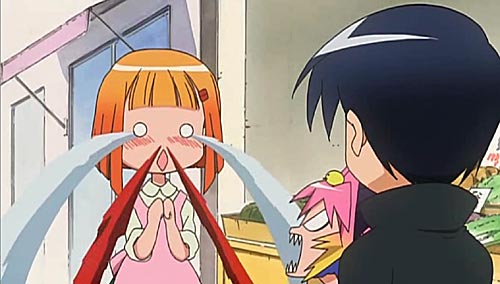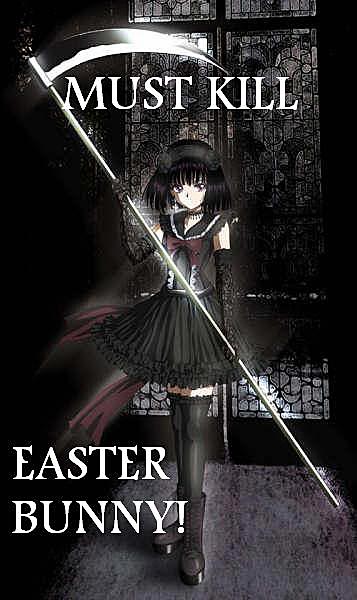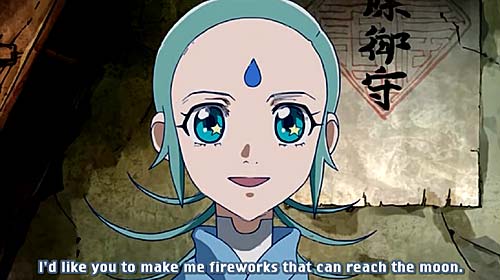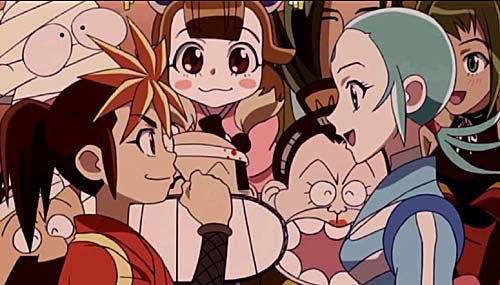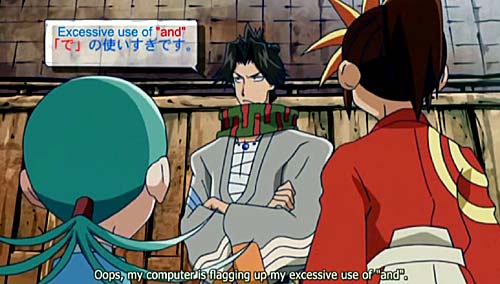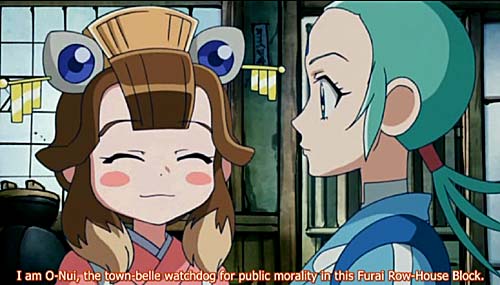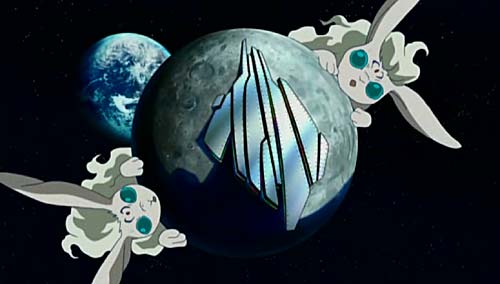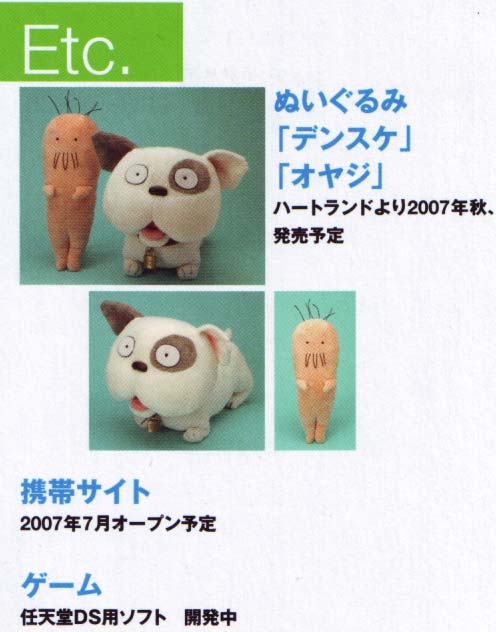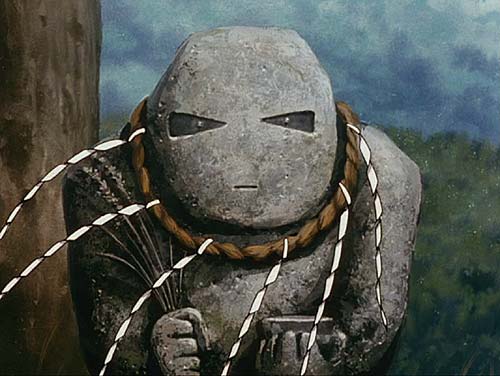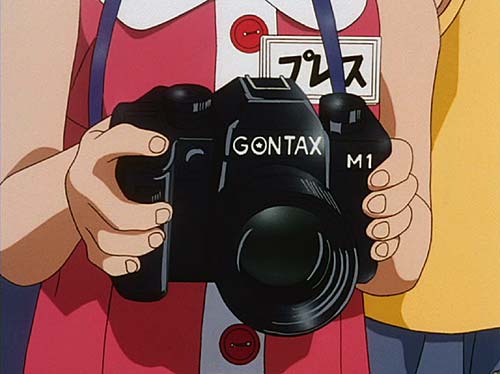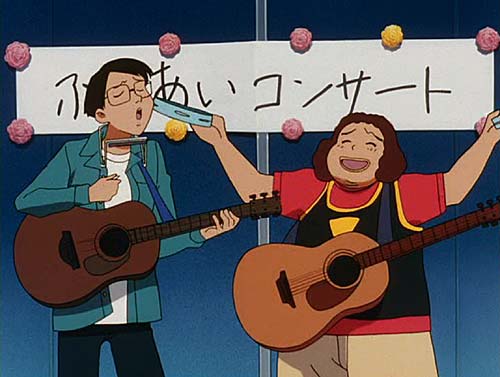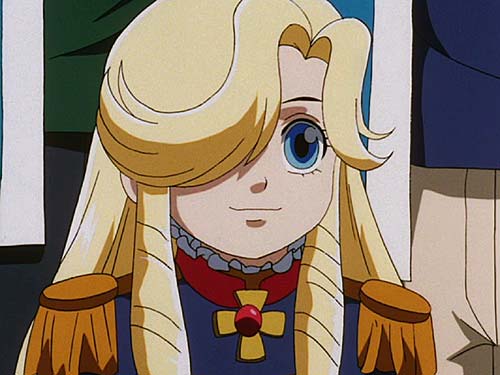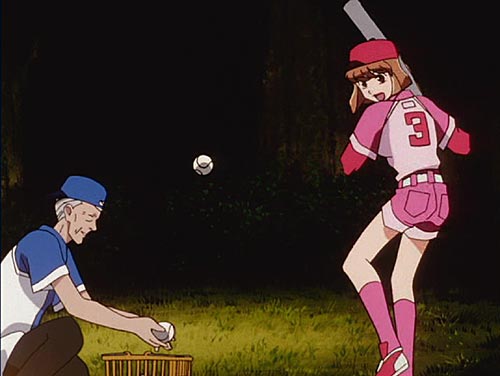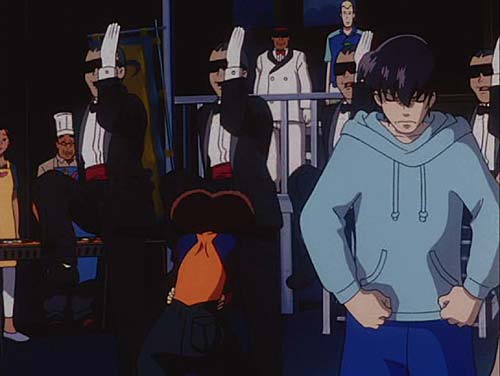A bunch of stuff was recently licensed. The most interesting news is the title that wasn’t there. Ouran High School Host Club, in my opinion the outstanding show of the non-banner year 2006, has still not been licensed. I presume that it’s a matter of money; otherwise, it is incomprehensible that dreck like OtoBoku gets a region 1 release and Ouran doesn’t.
Random notes on some of the other shows:
The original Genshiken was okay, but just okay, and the three episodes of Kujibiki Unbalance were all that was necessary. The additional episodes will likely demonstrate that “more is less.”
Darker Than Black is a possible buy, but I want to read some reactions to the complete series before I invest time and money in it. Is there substance under the glossy finish?
I watched half of the first episode of Victorian Romance Emma and, well, I was bored. I daresay I would find it fascinating if I could get into the rhythm. It can wait.
Gurren-Lagann is another possible buy. Again, I’ll wait for reports on the entire series before making a decision.
The first three episodes of Nanoha seemed to me to be an inferior version of Cardcaptor Sakura. Things start getting interesting in the fourth episode with the appearance of another mahou shoujo, but by that point I was thoroughly repulsed by the transformation sequence, which was storyboarded with dirty old men in mind. I never thought I’d say this, but I am not interested in watching any more of Nanoha unless it’s censored.
*****
Today’s Words of Wisdom: Too much Freud is bad for you.
*****
The first episode of Sola has two things going for it: a photographer, albeit a flaky one; and, the three inches between the hem of the girl’s very short skirt and the top of her stockings. ((This motif turns up a lot in anime, e.g., Yomi in Azumanga Daioh, but I don’t think I’ve ever seen a real-life example.)) Astro gave the series a “B,” so I may watch the rest sometime, but it’s not high priority.
*****
None of the summer’s series look particularly promising. I may watch the first episode or two of Tetsuko no Tabi, which seems to be the least stereotypical offering. If the characters are interesting, it could be fun.
*****
I see that Gedo Senki has been fansubbed. I will not be downloading it. I like the books too much.
